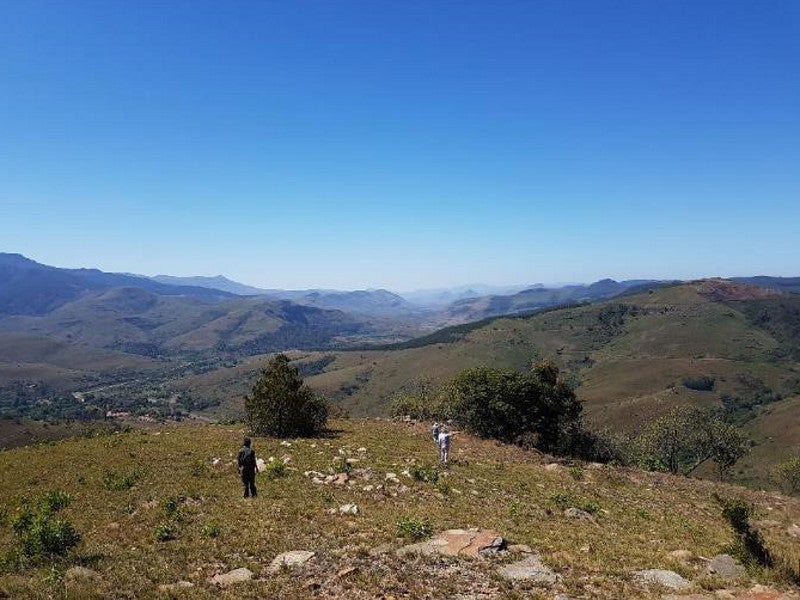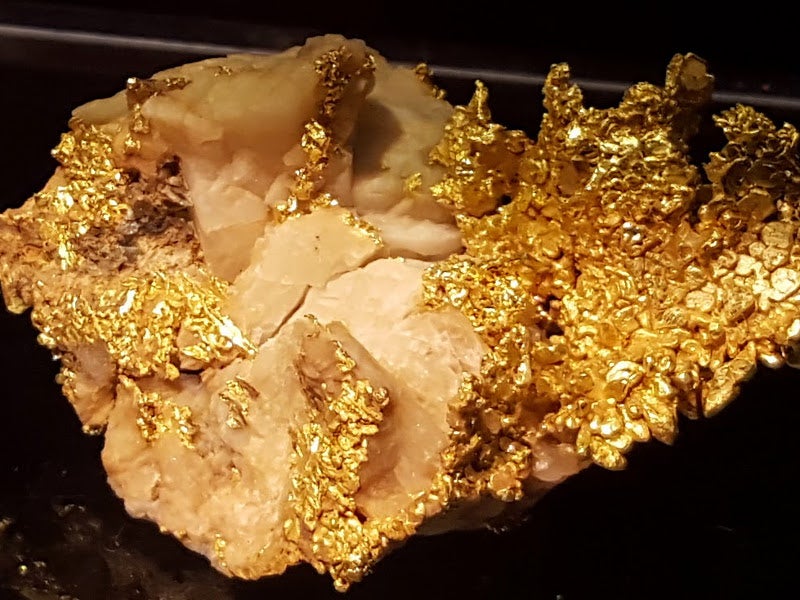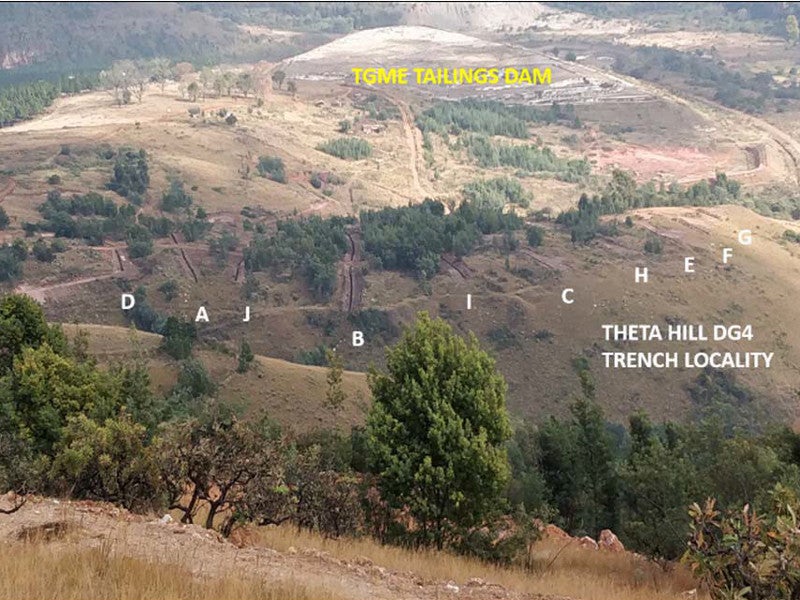The Theta gold project is a high-grade gold project being developed near the town of Pilgrim’s Rest in Mpumalanga Province, South Africa.
Theta Gold Mines (formerly Stonewall Resources), the project developer, released a positive feasibility study report for the project in May 2019. Environmental approval for the open-pit development is anticipated to be received by the end of 2019.
The Theta project is expected to cost approximately $34.3m, and is anticipated to produce more than 201,000oz of gold over its estimated mine life of five years.
An estimated 46,300oz of gold, grading 2.85 grams per ton (g/t) Au, is expected to be produced during the first year of production, following a nine-month construction period.
Theta gold project background
The Theta gold project comprises the Columbia Hill deposit and part of the Theta Hill deposit within the Mining Right 83. It has been under exploration and exploitation since the 1880’s and produced more than 6.7 million ounces (Moz) till date.
The ore reserves identified in the DFS represent the Iota section of Columbia Hill, along with some portion of the Browns Hill and Theta Hill deposits within MR83 boundary.
Following a small-scale production from 2011 to 2015, the project is currently being developed into an open-pit mine with an upgraded carbon-in-leach (CIL) plant.
Theta gold project location, geology, and mineralization
The Theta gold project near Pilgrim’s Rest is located approximately 370km from Johannesburg and 95km from Nelspruit.
The project is located in the mountainous terrane of Transvaal Drakensberg goldfield. The region is home to epigenetic gold deposits, which host Malmani dolomite rocks of Transvaal Supergroup.
Gold mineralization at Theta is classified as flat ore-bearing reefs represented by concordant as well as discordant quartz-carbonate veins, which are believed to be formed due to the emplacement of the Bushveld Complex.
Ore reserves at Theta gold project
The probable ore reserves of Theta gold project are estimated to be 2.3Mt, grading 2.76g/t Au and containing 205,010oz of gold.
The indicated mineral resources are estimated to be 5.2 million tons (Mt) graded at 2.14g/t Au containing 358,700oz of gold.
Mining and ore processing at Theta
Modified terrace mining method will be used to mine the open-pit deposits. Ore will be extracted on a flat surface, whereby all the ore is extracted on the horizontal plane through ripping, loading, and hauling.
The waste generated at Theta Hill and Iota open-pits will be back-filled, while that from the Browns Hill will be dumped at a nearby waste rock dump. The Browns Hill pit will be used for storing tailings.
Ore will be processed at the proposed 500,000tons per annum (tpa) carbon-in-leach (CIL) plant. It will be passed through crushing, milling, and thickening circuits, with the resultant product forwarded to elution and electro-winning processes to produce refined gold dore.
The gold recovery rates are estimated to be 92.6% in the first year and 91.6% for the rest of the mine life.
Infrastructure facilities
A helipad will be constructed onsite to enable transportation of gold to Rand refineries.
Power required for the mining operations will be supplied from the available onsite facilities, which require minor expansions.
Rainwater will be collected and used during the wet season and the excess water, if any, will be treated and used in the dry season. A pumping station is also proposed to meet the water shortage.
Make-up water will be further collected from the Blyde River.
Contractors involved
Minxcon and METS South Africa prepared the feasibility study of the project, with inputs from consultancies including Open House Management Solutions, SGS South Africa, ENC Minerals, Tailex Management Services, and Globesight.
OMT Exploration Drilling was awarded the contract to conduct drilling activities at the Theta Hill gold project.





